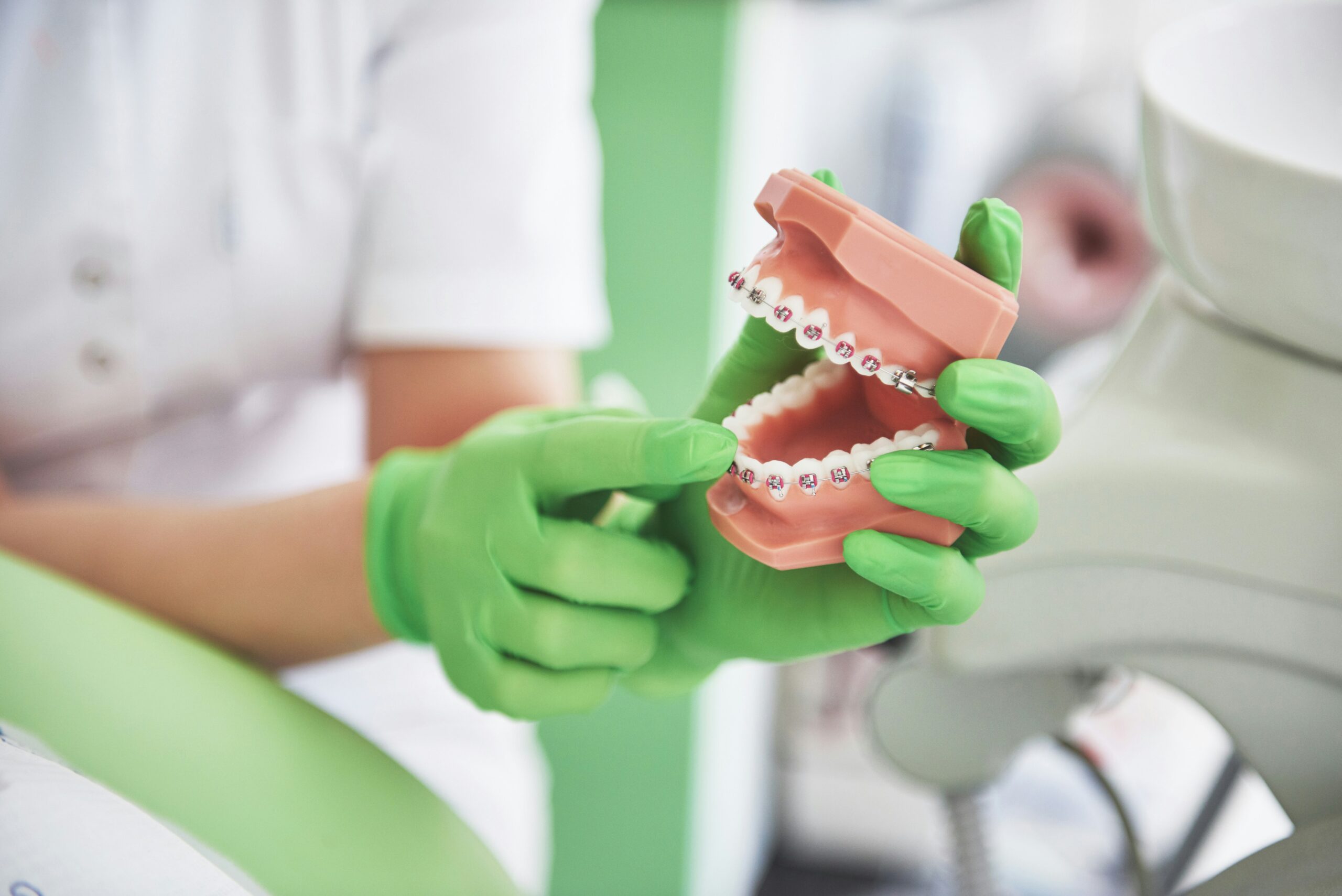
In recent years, 3D Printing has made its mark in various fields, and dentistry is no exception. With the advent of 3D printing technology, the dental industry has witnessed significant advancements, particularly in the creation of dental prosthetics, such as teeth. This innovation has enabled dentists to deliver more personalized, accurate, and efficient treatments to their patients. By using digital scans of a patient’s mouth, dentists can now design and print custom teeth that fit precisely, improving both function and aesthetics.
One of the key advantages of 3D-printed teeth is their speed and accuracy. Traditional methods of crafting dental prosthetics can take several weeks; however, with 3D Printing, this process is significantly reduced. The high precision of 3D printing technology ensures that the prosthetics are made to exact specifications, offering a better fit and reducing the need for adjustments. As a result, patients experience a quicker turnaround time for their treatments, leading to faster recovery and overall improved satisfaction.
Improving Patient Care with Customization
Customization is a significant benefit of 3D-printed teeth. Every patient has a unique mouth structure, and traditional methods of creating dental prosthetics often use generic molds that may not provide the best fit. However, 3D Printing allows for the creation of custom-designed teeth tailored to each patient’s specific needs. This level of personalization ensures that the prosthetics not only fit better but also enhance the patient’s comfort and functionality.
In addition to comfort, the aesthetic aspect is also greatly improved with 3D Printing. The precision of the technology enables the creation of teeth that closely resemble natural teeth, both in appearance and structure. This means that patients can achieve a more realistic smile, improving their confidence and self-esteem. Moreover, with the ability to select materials that closely mimic the natural enamel of teeth, patients can enjoy a more lifelike and durable result, which can last longer than traditional prosthetics.
Cost Efficiency and Accessibility
The cost of dental treatments is a concern for many patients, and 3D printing technology is making dental care more affordable and accessible. Traditional dental procedures often involve high labor costs, multiple visits, and long waiting periods, all of which contribute to the overall expense. On the other hand, 3D Printing streamlines the production process, reducing both the time and materials required. As a result, the cost of creating dental prosthetics is lower, making these treatments more affordable for a broader range of patients.
Furthermore, the accessibility of 3D printing technology is transforming the way dental care is delivered. With 3D printers becoming increasingly accessible, dental clinics of various sizes can now offer advanced treatments without the need for expensive outsourcing or specialized laboratories. This not only reduces costs but also makes high-quality dental care more readily available to people who might have previously been unable to afford or access it.
Enhancing Precision in Dental Implants
One of the most impressive applications of 3D Printing in dentistry is in the creation of dental implants. Traditional implants often require multiple steps, including creating molds, crafting the implants in a lab, and several fitting appointments. However, with 3D Printing, dentists can design and print implants that fit perfectly with the patient’s existing teeth and bone structure, significantly improving the precision of the procedure.
The improved precision of 3D-printed dental implants leads to better outcomes for patients. These implants fit seamlessly, reducing the risk of complications and the need for follow-up procedures. Additionally, 3D printing technology enables the use of biocompatible materials, ensuring that the implants integrate seamlessly with the patient’s natural bone structure. This results in faster healing times and improved long-term success rates for dental implants.
The Future of 3D-Printed Teeth in Dentistry
As 3D printing technology continues to evolve, its impact on the dental industry is expected to grow even further. Future advancements in materials and printing techniques will likely lead to even more lifelike and durable dental prosthetics. Researchers are also exploring the possibility of using 3D Printing to create structures that mimic the functionality of natural teeth, such as teeth that can self-repair or adapt to changes in the mouth over time.
Moreover, the integration of artificial intelligence and machine learning with 3D Printing could allow for even more precise and efficient dental treatments. AI could help in designing more accurate models based on patient data, and machine learning algorithms could predict and optimize the long-term success of dental treatments. As these technologies continue to advance, the possibilities for 3D-printed teeth in improving dental care and patient outcomes are endless.
3D Printing is revolutionizing the field of dentistry, making treatments faster, more precise, and more affordable. By providing patients with customized, high-quality dental prosthetics, this technology is improving patient care and outcomes. With ongoing advancements, the future of 3D-printed teeth holds great promise, transforming dental treatments for years to come.